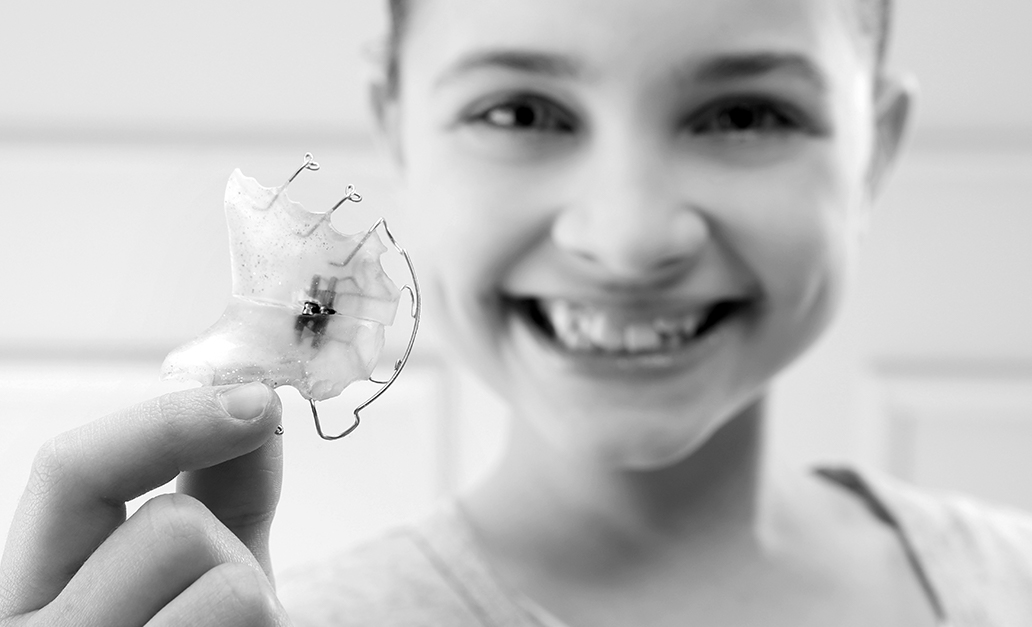Understanding Misaligned Teeth and Jaws
A healthy smile starts with a proper bite — meaning well-aligned teeth and a harmonious fit between the upper and lower jaws. When the teeth or jaws are misaligned, this is called a malocclusion. While the term may sound technical, it describes a very common condition that can have a real impact on both oral health and quality of life.
???? Definition: What Is a Malocclusion?
The word "malocclusion" literally means "bad bite." In simple terms, it refers to a situation where the upper and lower teeth don’t fit together properly when the mouth is closed.
This can include:
- Crooked, crowded, or widely spaced teeth
- A protruding or recessed jaw
- Poor alignment between the upper and lower arches
???? What Causes a Malocclusion?
Several factors can lead to a malocclusion, including:
- Genetics – the most common cause (jaw shape, tooth size, etc.)
- Early loss of baby or adult teeth
- Prolonged oral habits such as thumb sucking, pacifier use, or mouth breathing
- Jaw trauma or injury
- Impacted or misaligned teeth
???? Types of Malocclusions
Malocclusions are generally classified into three main categories:
???? Class I:
The jaws are properly aligned, but the teeth are crowded, crooked, or unevenly spaced.
???? Class II (Retrognathism):
The upper jaw is positioned too far forward compared to the lower jaw, resulting in an overbite or "buck teeth" appearance.
???? Class III (Prognathism):
The lower jaw is positioned too far forward, causing a prominent chin and an underbite.
⚠️ Why Should a Malocclusion Be Treated?
Malocclusions can cause more than cosmetic concerns. They may lead to:
- Difficulty chewing or speaking
- Excessive or uneven tooth wear
- Jaw pain, headaches, or TMJ issues
- Breathing or sleep problems (such as snoring or sleep apnea)
- Low self-esteem related to the appearance of the smile
????⚕️ The Role of the Dentist
The dentist diagnoses and treats malocclusions using personalized solutions such as braces, clear aligners (like Invisalign®), expanders, and more.
Early screening during childhood allows for timely intervention and can help prevent more serious problems in adulthood.
???? Schedule an orthodontic consultation today if you suspect a malocclusion or simply want to assess your bite and alignment. Proper dental positioning is about more than just looks — it’s a key part of long-term oral and overall health!

